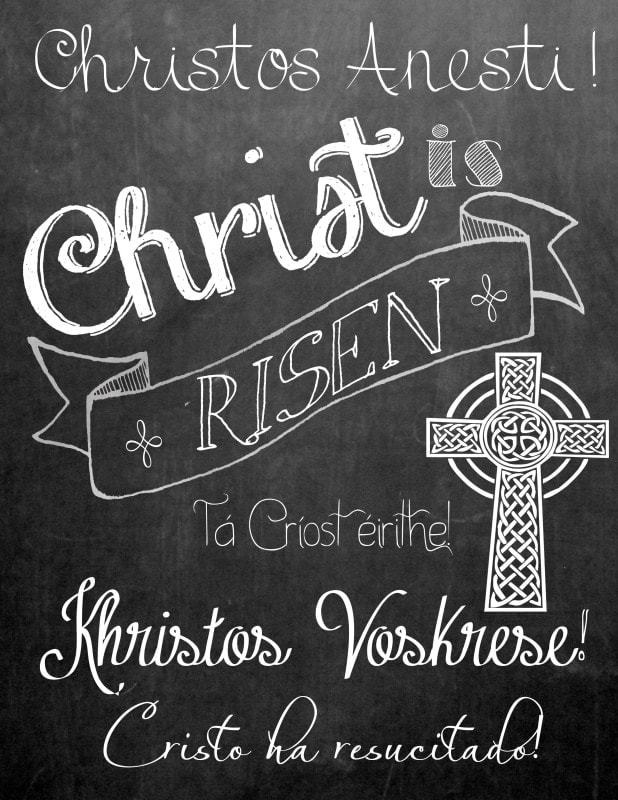![]() Holy Friday, also known as Good Friday or Great Friday, is a holy day observed by Christians commemorating the crucifixion of Jesus Christ and his death at Calvary. This day is commemorated during Holy Week as part of the Paschal Triduum on the Friday preceding Easter Sunday, and often coincides with the Jewish observance of Passover.
Holy Friday, also known as Good Friday or Great Friday, is a holy day observed by Christians commemorating the crucifixion of Jesus Christ and his death at Calvary. This day is commemorated during Holy Week as part of the Paschal Triduum on the Friday preceding Easter Sunday, and often coincides with the Jewish observance of Passover.
On Great and Holy Friday, the Orthodox Church commemorates the sufferings of Christ: The mockery, the crown of thorns, the scourging, the nails, the thirst, the vinegar and gall, the cry of desolation, and all the Savior endured on the Cross. “Today He Who hung the earth on the waters is hung on the tree.”
This truly holy Day is one …of solemn observation and strict fasting. “We worship Your passion and Your burial, for by them, You have saved us from death!”
In the afternoon, around 3 pm, all gather for the Vespers of the Taking-Down from the Cross, commemorating the Deposition from the Cross. The Gospel reading is a concatenation taken from all four of the Gospels. During the service, the body of Christ (the soma) is removed from the cross, as the words in the Gospel reading mention Joseph of Arimathea, wrapped in a linen shroud, and taken to the altar in the sanctuary. [Read more…]

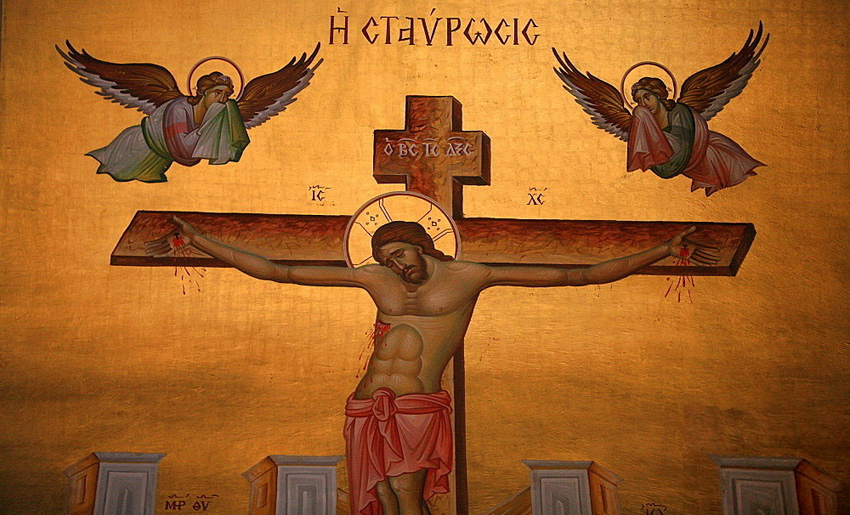
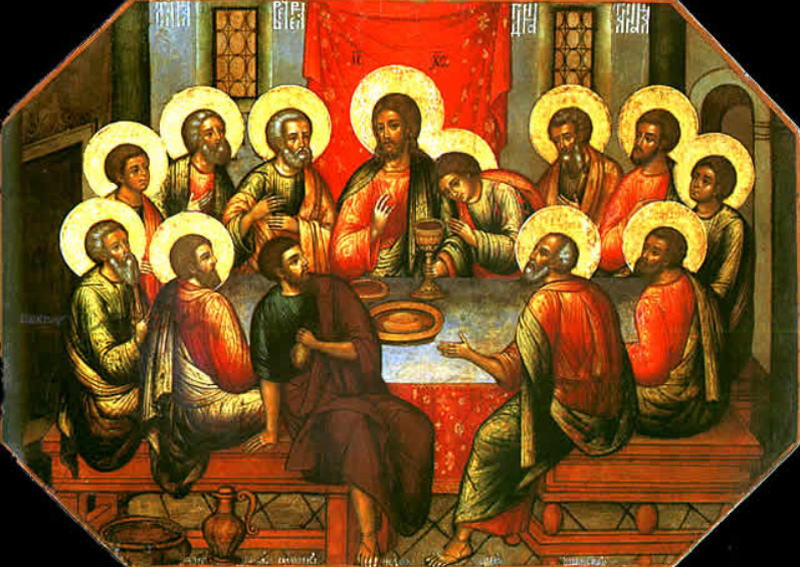 Holy Thursday begins with the celebration of vespers and the Divine Liturgy of St. Basil with a Reserved Eucharist in representation of the earthly presence of Christ realized at the Last Supper.
Holy Thursday begins with the celebration of vespers and the Divine Liturgy of St. Basil with a Reserved Eucharist in representation of the earthly presence of Christ realized at the Last Supper.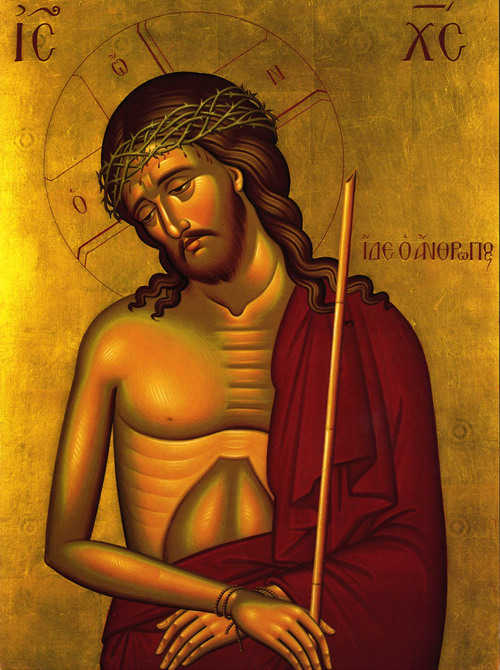 Christ the Bridegroom is the central figure in the parable of the ten Virgins (Matthew 25: 1-13); Christ is the divine Bridegroom of the Church as described in the Book of Isaiah (chapter 54), as well as the primary image of Bridegroom Matins.
Christ the Bridegroom is the central figure in the parable of the ten Virgins (Matthew 25: 1-13); Christ is the divine Bridegroom of the Church as described in the Book of Isaiah (chapter 54), as well as the primary image of Bridegroom Matins.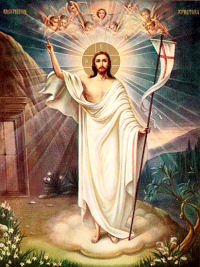
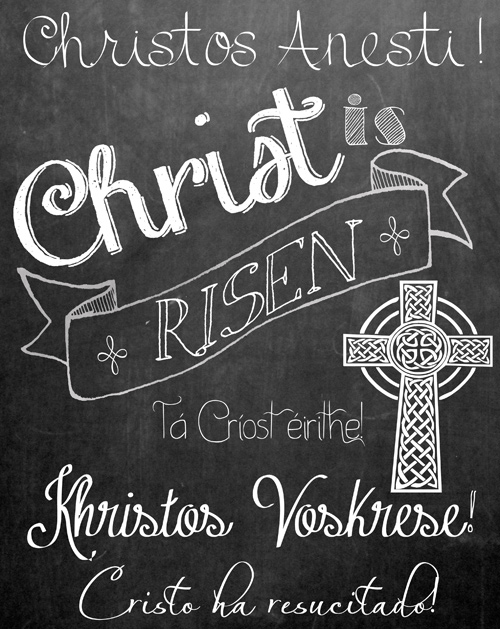 Albanian: Krishti Ungjall! – Vertete Ungjall!
Albanian: Krishti Ungjall! – Vertete Ungjall!